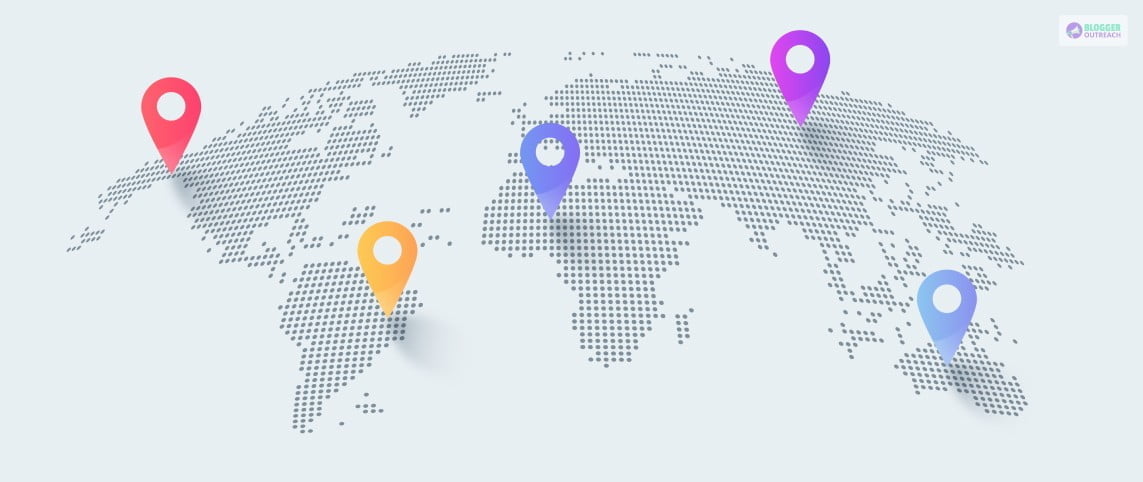If you’re running a business in multiple cities, it’s essential to target each separately to capture the maximum potential consumer base. But making the distinction without hampering your SEO initiatives can be tricky.
What if your local business had to go toe-to-toe with competitors worldwide for website clicks?
That would be pathetic – but thanks to local SEO, the picture is something different.
Local SEO is a fast and simple approach to inform those in your area about your business and reach the clients most likely to visit.
We have put forth this article to teach you the best way to target multiple localities while maintaining your site’s ranking properly. Furthermore, we’ve included a few tips on how to utilize your local SEO efforts fully. Stay here and learn all the ins and outs!
Table Of Content
What Is Local SEO?
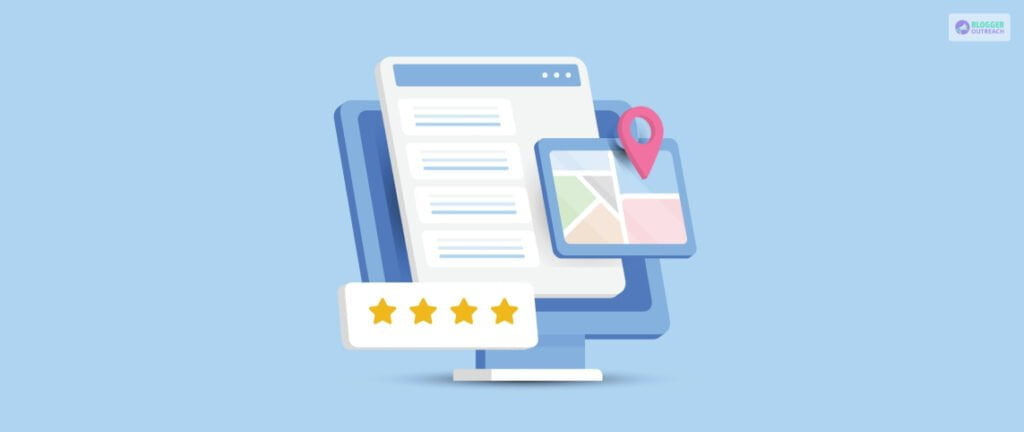
Let’s assume you run a local toy store.
By leveraging local SEO, you can get an extra boost for your toy store’s online presence and reach desirable traffic, visibility, and awareness in your locality.
Local SEO Considers:
- Optimizing your profile for ultimate reach.
- Selecting the local keywords.
- Sharing content that is relevant to the local audience.
- increasing traffic, awareness, and visibility.
Here You Need To Do A Wide Range Of Activities:
- Claiming a business listing.
- Ensuring a franchise location shows up in a local search on Google (a task called location data or citation management).
- Managing online ratings and reviews.
- Local-centric social media participation and more.
Why Does Local SEO Make Sense?
Local SEO makes sense for businesses of all sizes. Let’s explore the significance of local SEO:
(i) Get Found In Local Searches:
Imagine it’s the weekend, and you’re planning to go on a date to explore some new cuisine. You Google the nearby restaurants, check their reviews and decide your mind.
Now let’s see the flip side of the story. All the restaurants that came in your search results are the product of local SEO.
Local SEO is an effective solution for businesses looking to boost their visibility and reach potential customers in a specific area. It can help businesses get found in local searches, establish credibility, and expand their reach.
(ii) Additional Benefits:
You can increase their ranking in local search engine results. That helps build credibility and trust with potential customers who can easily find them.
How To Optimize Your Business For Local Searches?
Optimizing your business for local search requires a step-by-step approach. So here is your go-to-strategy:
1. Google My Business

Don’t forget that Google aims to provide online searchers with relevant and organized information.
It aims to give people precisely whatever they want, ensuring they get the desired result.
When you create a Google Business Profile, you’re telling Google all the details of your business – what products or services you offer and your address.
By creating a free and simple-to-use Google Business Profile account and claiming your business, you can distribute your content correctly.
Creating an account and claiming your business is the first step to maximizing your presence on Google.
To optimize your Google Business Profile, be sure to add as much info as possible, add photos, and collect customer reviews that you can later reply to.
2. Google’s Local Map Pack
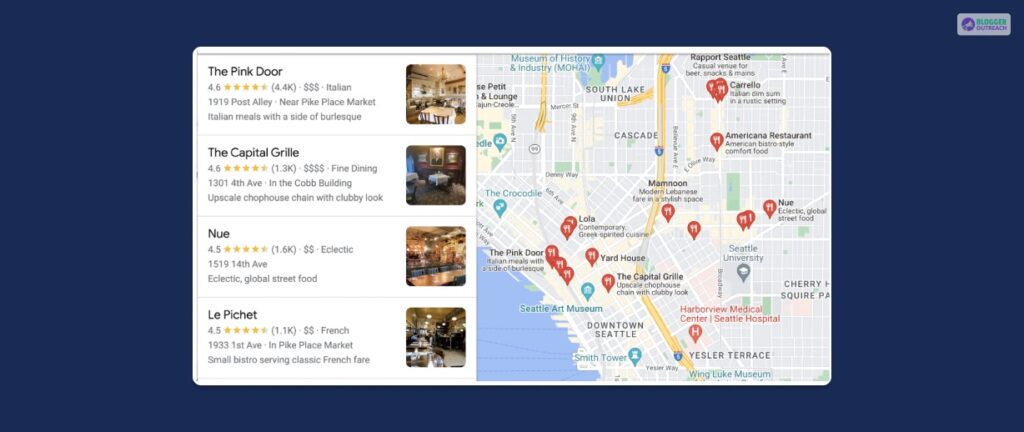
Google provides three featured suggestions when people search. The businesses listed in this section are fortunate to benefit from the potential of customers stopping their search after choosing an option from these suggested results.
It’s a real boon to get the top three spots in the Local Map Pack—there are things that you need to consider while making the most out of the Google Local pack:
- Get enlisted on Google My business.
- Put all your necessary details on Google – your business name, phone number, address, and contact details.
- Make sure you receive more positive reviews.
3. Robust Internal Linking Structure
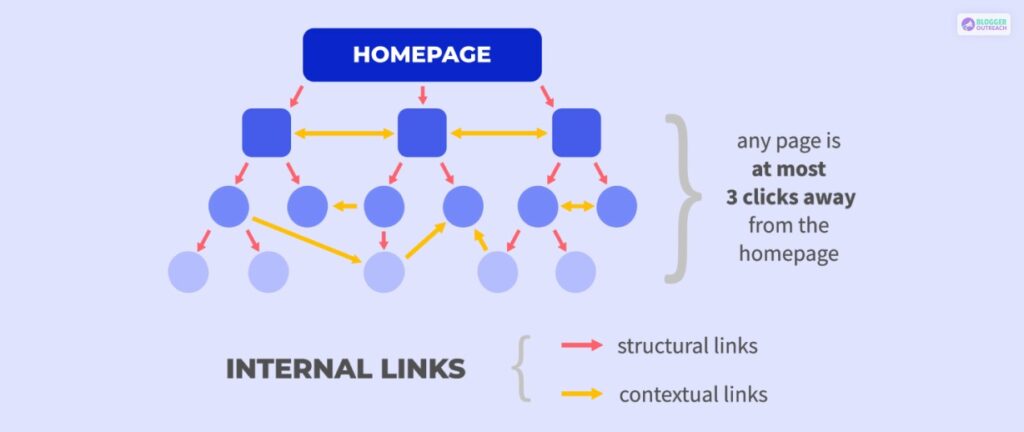
It’s a no-brainer that optimizing your internal linking structure can do wonders for your SEO performance!
Having control of your external links is great, but bear in mind that it does take some effort to get them. In the meantime, if you can’t get them, internal linking is a great way to boost your site!
Enhance the usability of your website by optimizing its navigation structure. This will help you increase visibility on Google search results and maximize the chance of being detected by those who are looking for your business.
4. Build NAP Citation

Typically, NAP stands for your Name, Address, and Phone Number. Although listing them on all of the top data aggregators may seem like a hassle, it’s worth considering if you want to be featured! The best place to begin is by adding your NAP to your own website, as well as to applicable online data aggregators such as TripAdvisor, Yelp, and Bing.
5. Use Schema Markup
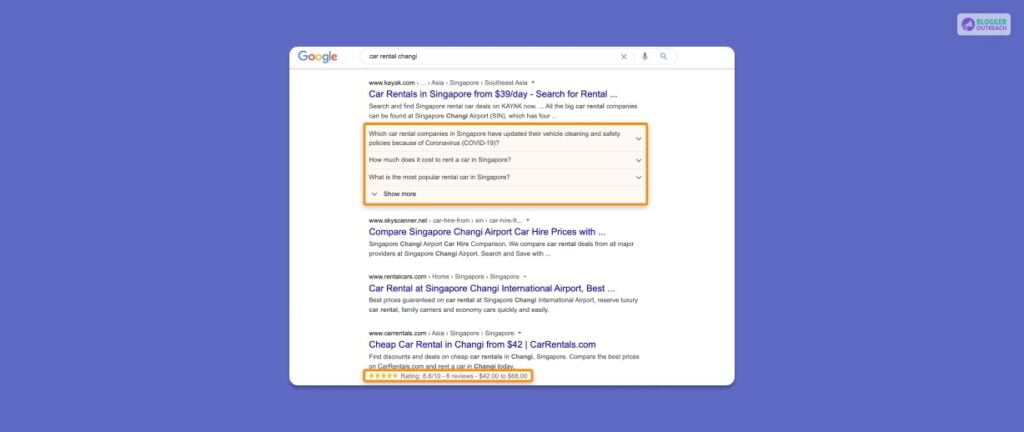
Schema markup referred to as structured data or simply schema, may appear intimidating for those without developer experience – however, this can dramatically alter the local SEO results of your website.
Schema markup, widely known as structured data or just ‘schema’, can be a bit intimidating for those who don’t have a developer background – yet, it can have a huge impact on the local SEO performance of your website.
Google has made it explicit that while it can help with improving the visibility of your search result, allowing applicable inquiries, and extending visitor engagement with a page, it has no bearing on search rankings.
It’s worth noting that using schema for rich results not only makes your content more visually appealing but increases click-through rates. Additionally, it offers several beneficial options related to local SEO, allowing you to pick from various schema categories.
To prevent validation issues, fill out all applicable sub-properties, like business name, operation hours, and areas covered, completely. The Schema.org/areaServed area on your local landing page should coincide with the service areas you’ve inputted into your Google Business Profile while incorporating these locales in the page’s content.
6. Mobile Optimization

Having a well-optimized website for mobile devices is a pivotal part of improving your local SEO.
- First, you should make sure your website is responsive, meaning it should be easy to view and navigate on a variety of devices.
- You should also ensure your website is optimized for loading speed to avoid long load times and improve the overall user experience.
- The content on your website must be optimized for mobile, including large, easy-to-read fonts and plenty of whitespaces.
Optimizing your website for mobile will ensure users have a positive experience when they access your website, and it will also give your page an additional boost in the rankings.
Ready To Grow With Local SEO?
We have tried to put every bit of information that you required.
By this time, it should be crystal clear that local SEO can have a tremendous effect on your business. Whether you need to list all your shops in one go or make a separate landing page for each, remember – location plays a big part in drawing customers in.
Make sure to use it to your advantage and ensure you’re taking the right SEO route; if you’re still not sure, just imagine yourself as the consumer – what information would you find most helpful? The answer is likely to be one that takes location into account – or, simply put, local SEO is your best bet.
Read More:

